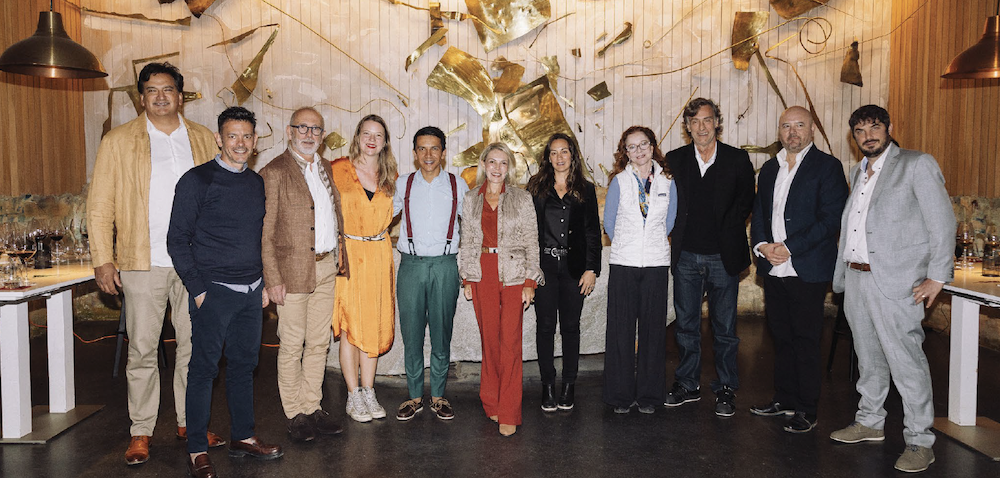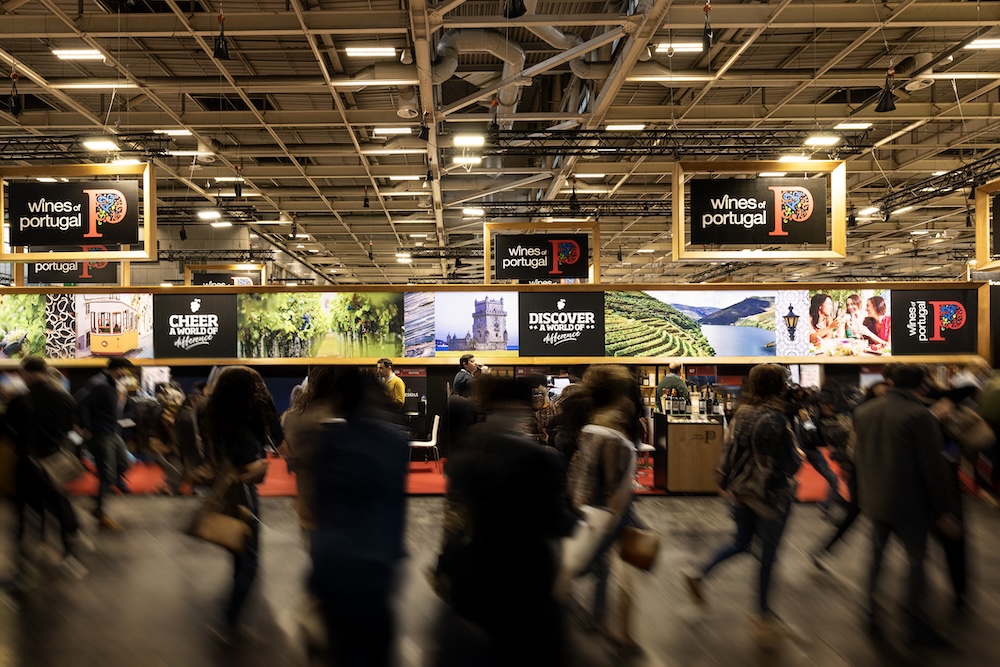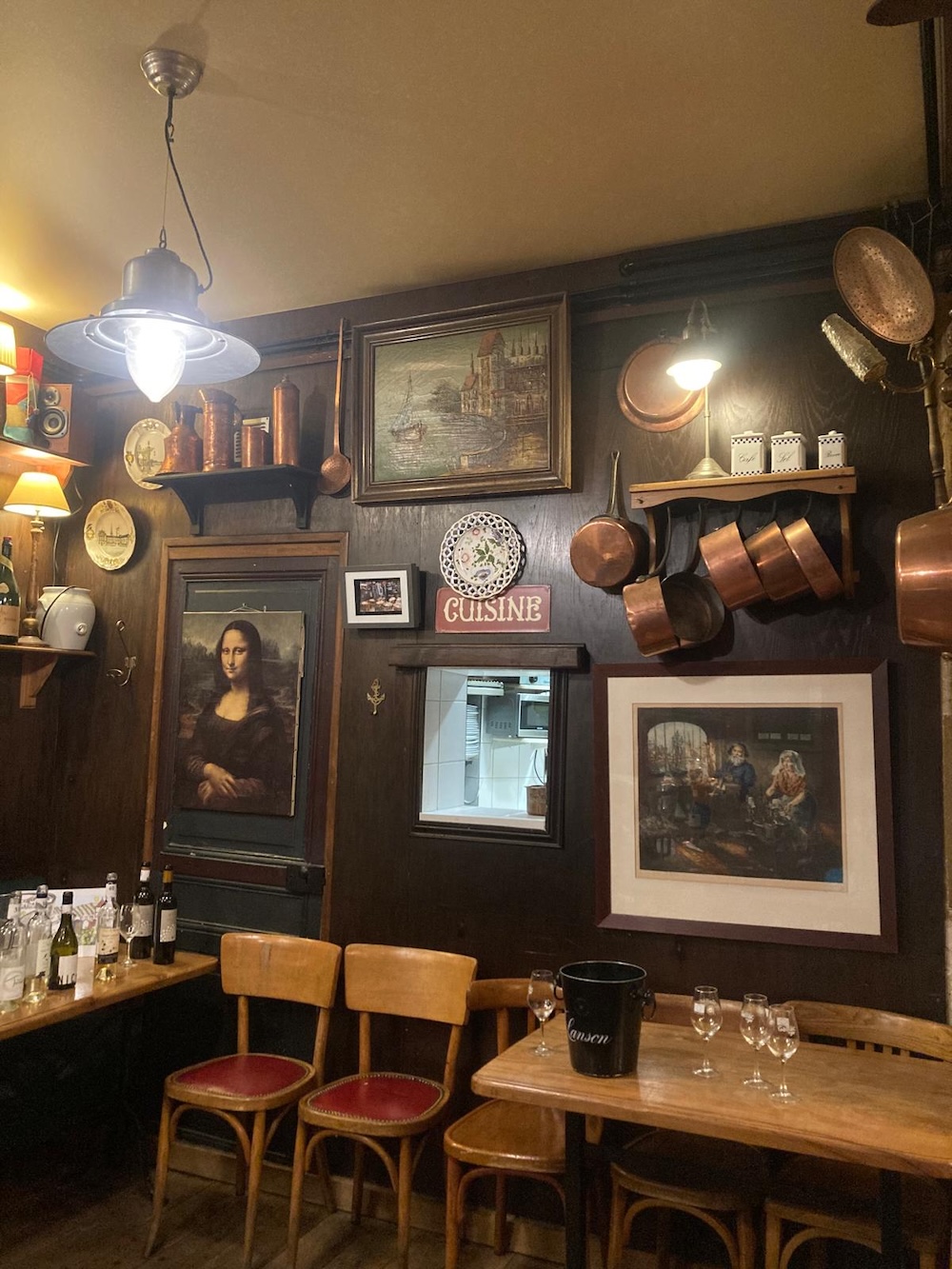
Discovery

Discovery
By Matthias Neske - Photo credits: courtesy of the wineries, posted on 13 May 2024
Germany is considered to be a notoriously difficult market in the consumer arena. In the 1990s, supermarket chains Migros (Switzerland), Delhaize (Belgium/USA) and Intermarché (France) successively attempted to enter the German market. Without success. Discount prices by rival companies and brand loyalty among German consumers proved to be insurmountable obstacles. But what about the Germans' taste in wine? Perhaps there is an opening for exporters, especially as domestic production, at 9 million hectolitres, only accounts for just under half of what Germans drink each year. So which wines do Germans prefer? Gilbert & Gaillard asked the experts in Germany.

Before getting into big numbers and German preferences, one thing should be said and it’s a point on which all the experts concurred: the wine market in Germany is highly segmented. In other words, there is almost nothing that does not exist. In a country with a population of 82 million, the economic power to match and a tradition of wine production and imports dating back to Roman times, this is hardly surprising. Merchants from the major ports of Hamburg and Bremen have been exporting wine from the Bordelais for centuries - in bottles and even more so in bulk. Today, Berlin is viewed as an experimental space where even rare natural wines from the far corners of the earth can be bought. However, the fact that such segments exist does not contradict the overarching statements. So, back to the basic metrics.
In its analyses, the Federal Statistical Office regularly publishes data about countries from which most wine is exported to Germany. In 2022, Germans imported 13.395 million hectolitres of wine (the latest official figures), which equates to just under 16 litres per capita. The most popular country of origin was clearly Italy with 36.3% of import volumes, followed by Spain with 27.5% and France with 13.3%. South Africa, the first country outside Europe (4.8%), follows in fourth place, ahead of the USA and Australia with 3.0% volume shares each. When it comes to value shares, the figures shift slightly: Italy stays in first place with 37.7%, but this time ahead of France (30.4%) and Spain (12.9%). Among the top ten importing countries, Germans are prepared to pay the highest price for wines from France, followed by New Zealand. The cheapest wines, on the other hand, come from North Macedonia, Hungary and Spain.
Looking at the types of wine, white wines, with a 45% share, are just ahead of red wines with 44%. However, rosé wines are simply subsumed into the red wine category and not shown separately. When it comes to value, the proportions are reversed: red wines clearly take first place with 48%, ahead of white wines with 27%. Readers so inclined may notice there is still a considerable gap. In fact, this is primarily occupied by sparkling wines, which account for only 5% of volumes but 17% of the value of imported wines. Champagnes (1% of volumes and 9% of values) are mostly responsible for the high value share, but Prosecco and Cava also contribute significantly.


So much for the big figures. But to find out what tastes and specific origins are driving them, in other words which wines the Germans really like, one has to dive deeper. The best way to do this is to talk to people who produce foreign wines specifically for the German market.
Thierry Fontannaz is one such expert (see Papaloves Wine below). "When I look at the bestsellers in the red wine category," he says, "it's evident that Germans tend to like round, dense wines that can be a little higher in alcohol." Fontannaz points out that round means less noticeable tannins, often cushioned with a little residual sugar - as with Primitivo from Apulia. But is it true that Germans are so incredibly price-sensitive? "Yes and no," says Fontannaz, "definitely in the entry-level segment. But when it comes to a strong brand or an origin that is considered to be of high quality, the price becomes less important."

Tobias Deussen and Konstantin Pechtl of Enovative confirm this statement. "Accessible wines and easy-to-pronounce names create a feeling of being on summer vacation or at the Italian restaurant around the corner," says Deussen, also referring to the fact that, according to estimates by gastronomy associations, there are around 20,000 Italian restaurants in Germany. This level of penetration makes it easier to think food and wine at the same time. The combination of vacation enjoyment and success in Germany is also mirrored in the two bestsellers in the white and sparkling wine sector, Lugana from Lake Garda and Prosecco.
Deussen's colleague Konstantin Pechtl sheds light on Spain, the second most important country of origin. "When significant cost increases occurred, Spanish bodegas in particular were able to keep price increases at a comparatively low level. The consumer has obviously rewarded this. In addition to the high product quality, we have also noticed time and again that an attractive design is an important buying cue - the eye eats too," stresses Pechtl.
A third popular origin is South Africa. Philipp Zenzen, whose company (see box Einig-Zenzen) has many South African wines in its portfolio, knows the reasons for this. "This is a relatively new development, which is mainly due to tourism [once again]. South Africa has become very fashionable as a new travel destination," explains Zenzen. "There’s no time difference, there are opposite seasons, still relatively cheap prices locally, and the country is very attractive both scenically and culturally." So it makes sense to extend this vacation feeling at home - with a bottle of Chenin, Sauvignon Blanc or Viognier from South Africa.

So what does the future hold for imported wines in Germany? Thierry Fontannaz notes that the soft and slightly sweet red wines are doing particularly well with young customers. "The older generation, which socialized in the 1980s and 1990s with dry wines from France and Tuscany as food companions is having a much harder time with the new bestsellers." This could be supported by the fact that the younger generation grew up with sugary drinks such as cola or Red Bull, and with added sugar in food. Fruity wines make the transition easier. "Incidentally," adds Fontannaz, "I don't believe that this generation will suddenly change its tastes in the course of its wine journey. That wasn't the case with the older generation of dry wine drinkers either." Additionally, Fontannaz observes the fruit-driven trend for wine practically worldwide, and Germany is no exception. "I sell soft red wines very well in Scandinavia and even in France or Portugal, countries that actually produce a completely different type of wine." Is a global harmonisation of taste in motion? It’s quite possible.

Finally, there is the question of which wines the producers prefer themselves. Gerhard Brauer, chairman of the Ruppertsberg winegrowers, likes red Côtes du Rhône. "The blend of Grenache and Syrah is unique. It produces a juicy, fruity palate, but also a compact structure with plenty of complexity and depth. It’s perfect for cold winter days," claims the winemaker. Aleksandra Frank, Technical Director at the Studier winery, a member of the younger generation, takes the same classic approach to wine. "I admire a large number of wines from abroad, from elegant Barolo to subtle Chardonnays and Pinot Noirs from Burgundy." Her current favourites, however, are two sparkling wines: "The Brut Nature 3210 by Champagne Maison Phillipe Gonet impresses with its finesse, freshness and incredible length. Also, I find the Kit's Coty from Chapel Down in Kent in the UK equally fascinating. It is playful and light without losing any of its complexity."
Ultimately, the initial premise is confirmed once again and that is that diversity in terms of origins and styles are key to appreciation. This applies partly to the mainstream consumer segments, but above all to Germans with an affinity for wine.


Wine companies:
Einig-Zenzen is the ‘jack-of-all-trades’ par excellence. Situated in the steep Moselle valley near Cochem, the Zenzen family can look back on a continuous wine-growing tradition since 1636. Philipp Zenzen is the 14th generation at the helm. Over the years, the company has built up various pillars. Eighty years ago, the decision was made not to operate primarily as a winegrower, but also as a négociant-eleveur. In the wine industry, it helps to think innovatively and always be a small step ahead of the curve. The Zenzens were already importing wine from Australia in 1971, and Chile was added as a country of origin in 1980. Today, the company is represented on every continent - except Antarctica, of course, so there is still one challenge left…

Ruppertsberg is the name of a well-known wine village in the Palatinate. Excavations show that the Romans were already growing vines in this climatically favourable location. However, the history of the local cooperative, which was founded in 1911, does not go back quite as far. Today, 86 member winegrowers, led by director Gerhard Brauer, grow a total of 400 hectares of vines around the village. Riesling is the most important grape variety in Ruppertsberg, as it is throughout the Palatinate. However, the Linsenbusch vineyard to the south of the village, with its deeper soils, offers an ideal home for Pinot Blanc and Pinot Gris in particular.

Ellerstadt, located in the fertile plain before the heights of the Palatinate Forest, is a wine village with several well-known wineries. One of these is the Studier winery, run by Reinhard Studier. What was once a small family winery now boasts 50 hectares of vineyards, all of which are certified organic – it’s a real success story. Technical manager Aleksandra Frank is one of the - unfortunately still underrepresented – top profile women who puts her stamp on the wines. The entire portfolio of Palatinate grape varieties is grown, from Riesling and Pinot Blanc to international grape varieties such as Chardonnay, Sauvignon Blanc and Cabernet Sauvignon. Yes, even Cabernet now ripens in the Palatinate without any problems.


Thierry Fontannaz is the mastermind behind the Papaloves Wine project. The winemaker has been working in the industry for 30 years, initially for various wineries around the world, then for many years as a central buyer of French wines for one of Germany's largest wine merchants. A good two years ago, he finally decided to set up his own business, leveraging his global wine knowledge. Papaloves Wine is the name of the project that Fontannaz has set up with Georgian winemaker Nugzar Ksovreli. Under the names Bedoba and Taoba (the same wine, just with a different name depending on the market), a red wine from the indigenous Saperavi grape variety has since been produced in Georgia and sold around the world.

Enovative is the name of the German company founded in 2021 that is behind the Spanish red wine Torrehermosa. The two wine business insiders Tobias Deussen and Konstantin Pechtl provide both the design and materialization of entire wine programmes, mainly for supermarket chains - from A to Z. Tobias Deussen has been at home in the wine industry for 20 years, with a particular focus on marketing brands and private labels. Konstantin Pechtl, who has been a part of the wine scene for 15 years, adds his expertise as a winemaker and product developer. Both of them have in-depth knowledge of what the Germans like.


Discovery

Discovery

Discovery